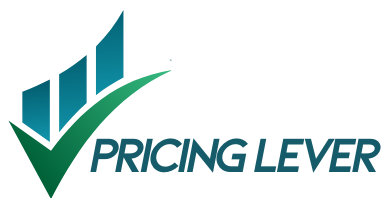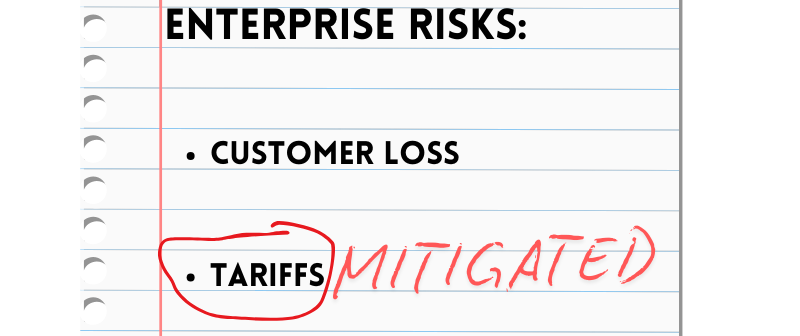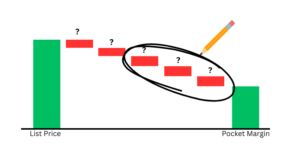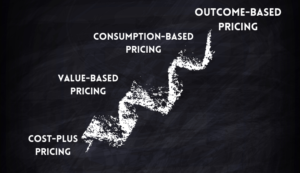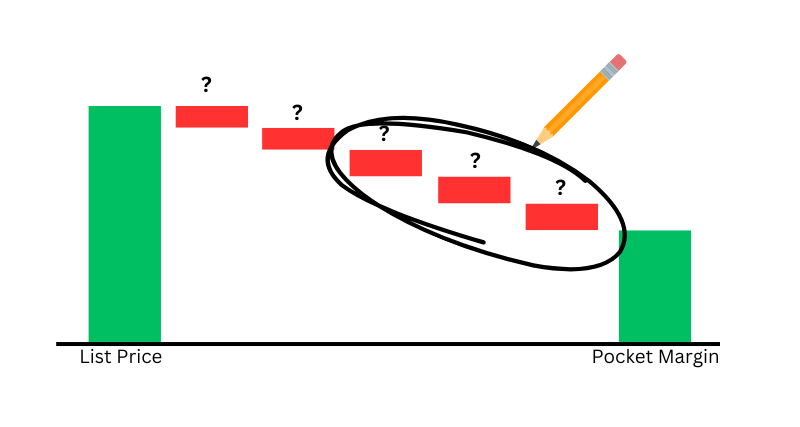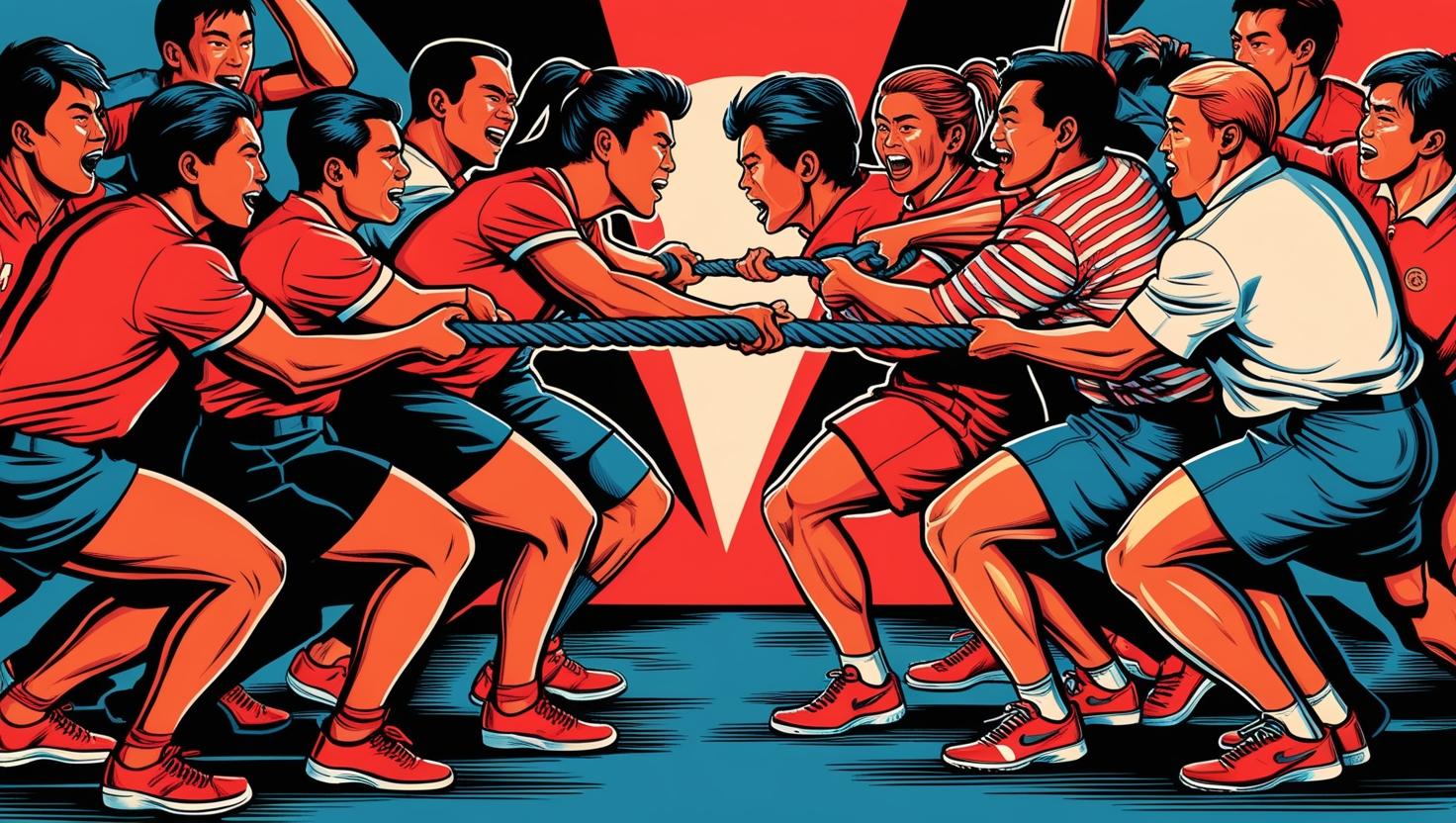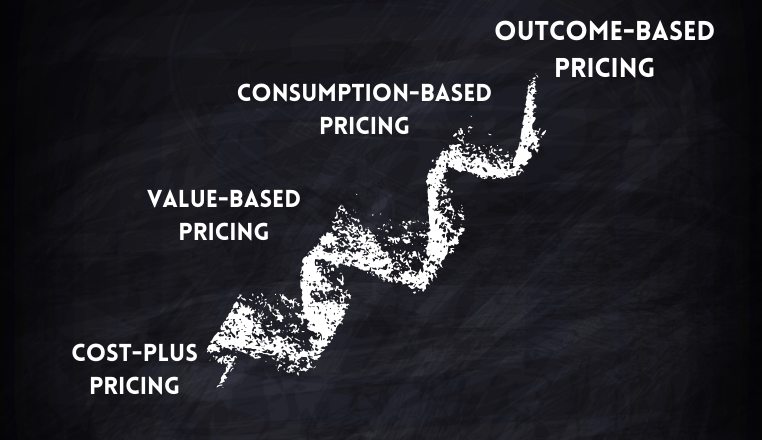In our previous article (link here), we discussed the mechanics of tariffs and their historical purpose. Now, let us address the next big question: how can businesses navigate the complexities of tariffs and protect their bottom line?
There are two main approaches to mitigating the impact of tariffs: avoidance and pass-through. We will dive into each tactic and explore their key strategies and considerations.
Tariff Avoidance.
The ideal strategy for dealing with tariffs is to avoid them entirely. Some companies have successfully achieved this through creative approaches:
1. 🌍 Change the Export Country.
– Many tariffs, such as the 2018 U.S. tariffs, targeted products from specific countries (e.g., China). Companies responded by relocating production to countries like Vietnam or Mexico or within an existing trade agreement geographic area (e.g., NAFTA).
2. 🛠 Modify the Product.
– Tariffs are often specific to certain product categories. By altering a product’s classification, businesses can sidestep tariffs. For example:
– Steel Nails: Adding a washer or cap reclassifies the item as “assembled hardware” or “roofing fasteners,” subject to different tariff codes.
– Furniture: Exporting unassembled or flat-pack furniture allows classification as “parts” rather than finished goods, which are often taxed higher.
3. 📜 Request a Tariff Exemption.
– Exemptions are sometimes granted for products used in research and development, Special Economic Zones (SEZs), temporary imports, or critical applications. Companies should investigate and apply for these when applicable.
Tariff Pass-Through.
From a pricing perspective, passing tariffs downstream to customers can be an effective mitigation strategy. Having lived through the 2018 China tariffs, I saw firsthand how businesses implemented substantial price increases—sometimes as high as 25%—with minimal customer pushback. However, this approach requires careful consideration:
1. ⚔️ Competition.
– In 2018, concentrated production in China and limited global supply chains made tariff pass-throughs feasible. But with the diversification of supply chains post-COVID-19, the competitive landscape has shifted. Companies must analyze whether competitors can avoid tariffs and adjust pricing strategies accordingly to prevent market share loss.
2. 📊 Price Differential.
– Even if competitors avoid tariffs, they may still raise prices to capitalize on market dynamics. For instance, after the U.S. imposed a 20% tariff on washing machines, prices for dryers—which weren’t directly affected—rose by 12%. When tariffs impact an industry, even partially, they can drive an inflationary effect, which will help close the gap between the pricing of products impacted by tariffs and those which aren’t. As a result, you will not see a clear pricing gap between products affected by a tariff vs. those that are, which is the biggest nightmare your commercial team will bring up. Also consider that the tariff is applied to the value of the merchandise being imported, to the sales price of the product. Therefore, the value of the tariff is unknown to downstream players, since most B2B companies do not know the exact profitability of each product their vendor sells them, which gives an opportunity for downstream customers to negotiate the tariff pass-through.
3. ⏳ Cost Bleed-Through
– Many companies underestimated the cascading effects of tariffs within supply chains in 2018. Upstream vendors passed on costs gradually, often without formal communication, leading to delayed and cumulative cost impacts. Companies relying on average cost accounting or with long supply chains faced significant surprises months later. Only those with robust procurement systems and visibility into cost structures could proactively manage these challenges. Many companies today still have a blind spot in this regard, especially for less transacted products (i.e. the long tail).
Key Takeaways and Conclusion.
To mitigate the impact of tariffs, companies must have a well-defined strategy combining avoidance, cost visibility, and thoughtful pricing execution. Key steps include:
– 🌐 Evaluating supply chain diversification and potential reclassification opportunities.
– 📈 Analyzing competitive dynamics to optimize price pass-throughs without eroding market position.
– 🔍 Enhancing internal cost-tracking systems to anticipate and react to cumulative impacts from supply chain cost increases.
With potential new tariffs expected in 2025, time is running out to prepare. If your organization struggles with navigating these complexities or lacks the systems to maintain clear cost and pricing metrics, now is the time to address these gaps. For assistance, feel free to reach out for expert guidance tailored to your needs.
